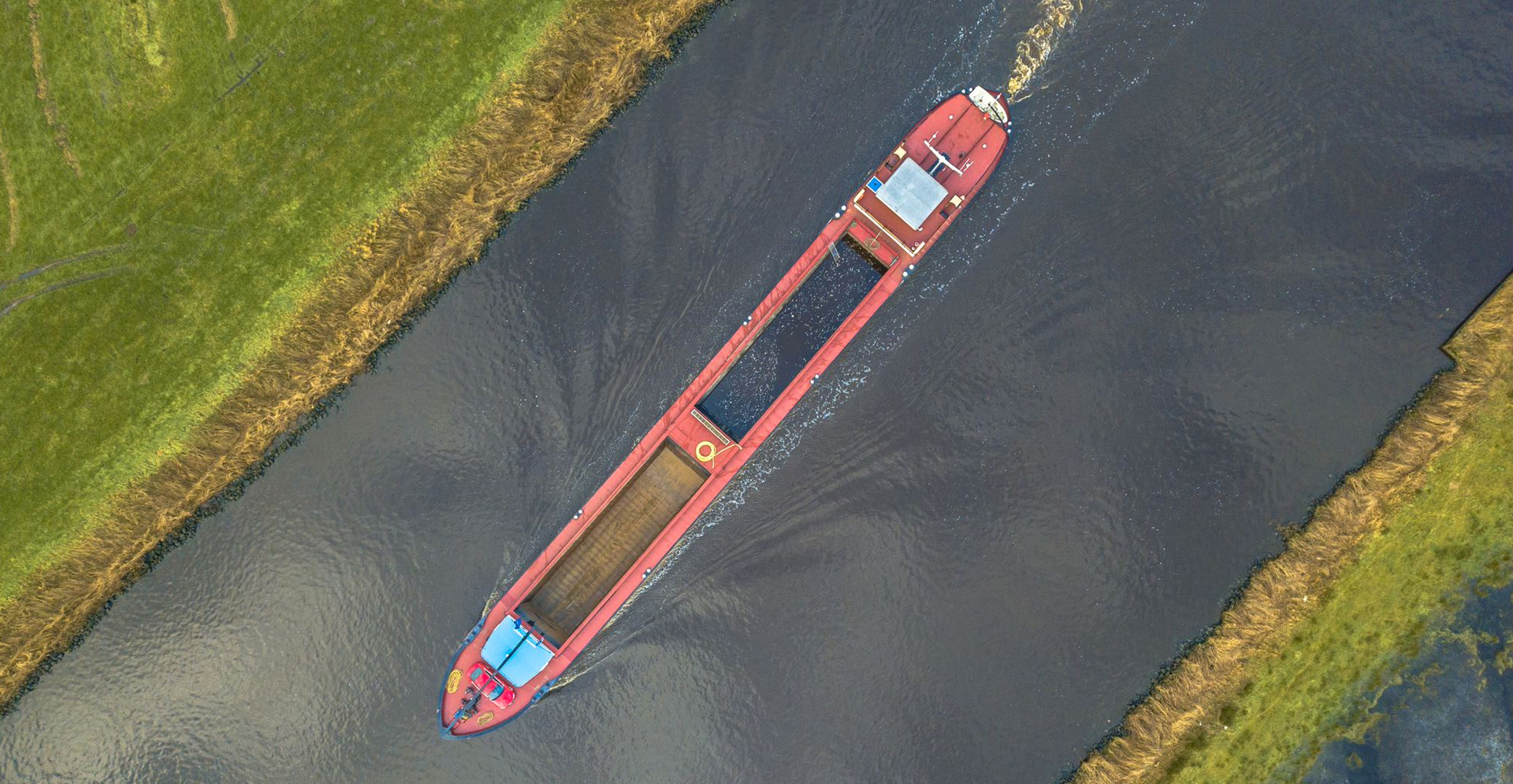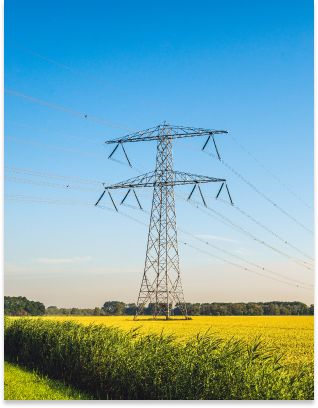Table of Contents
The challenge
Between Paris and Amsterdam, goods are almost exclusively transported by road, for lack of an alternative.
107 km
Between France and the Benelux countries, goods move almost exclusively by road. Yet road transport accounts for a large share of transport CO2 emissions, contributes to road congestion, and is very costly for agricultural and industrial producers. So how can we allow more goods to be traded at a competitive price and reduce road traffic and its risks, while reducing CO2 emissions?
The solution
Arcadis is mobilizing its multidisciplinary and international expertise to design and manage the work on the 107 km-long Seine-Nord Europe Canal between France and the Benelux countries.
3x
Arcadis is participating in the design and management of the Seine-Nord Europe canal, one of the largest infrastructure projects in Europe. 107 kilometers long and 50 meters wide, this new river link will connect the Seine (Paris) and the Escaut (Northern Europe) to create the first European river transport network (1,100 km long) capable of accommodating large vessels.
-
READ MORE
Given the scale and complexity of the project, the design and management of the project is divided into four sections. For sectors 1 and 3, our mission is to design part of the canal from a technical and environmental point of view, and to manage its construction, which will begin in 2023. Of course, Arcadis must think of the canal in the strict sense of the term, so that, for example, it is watertight and that its water supply can be managed effectively. But beyond the canal, it is the entire built and natural environment that must be taken into account. Snaking through the scenery, it will cross roads at certain points, so bridges will need to be built in order to ensure continuity. As it will run alongside cities and infrastructures, Arcadis will ensure that it integrates into the landscape seamlessly. The development of green spaces in its vicinity, including the lagoon banks that will be used to retain water, is carried out jointly with communities and landscape designers. Finally, the canal will also pass through protected areas and the natural habitat of certain species, which requires the construction of wildlife corridors and crossings for animals.
Commissioning is scheduled for December 2028.

The impact
The Seine-Nord Europe Canal will make it possible to develop river transport and thus reduce road transport and its carbon footprint, while creating jobs in the areas it passes through.
220
Once built, the canal will make it possible to develop river transport and thus to create a more competitive and more ecological alternative to heavy goods vehicles: river transport consumes 2.5 to 5 times less fuel than other modes of transport. With the passage of large boats (up to 4,400 metric tons), it will significantly reduce road transport, with the prospect of 760,000 fewer trucks on the roads per year.
-
READ MORE
This more sustainable way of transporting goods will also strengthen the competitiveness of agricultural and industrial production by reducing transport costs.
Finally, it will enable the economic development of the territories it passes through, by creating jobs and new opportunities for their inhabitants.
The inland waterway transport that will be created by the Canal will be both an important lever for economic development and an environmental achievement that will contribute to achieving the energy transition objectives set at the COP21 in Paris.
Not done reading?
This also might be interesting for you
- Related Projects
- Related Insights
- Related Blogs







